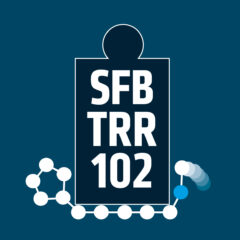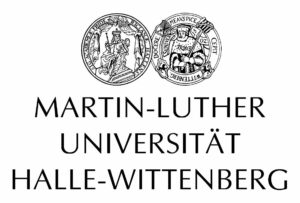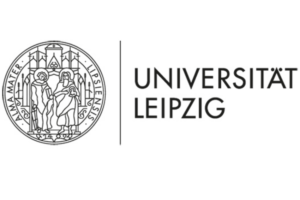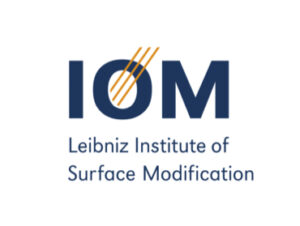Binder
Self-assembly and folding of macromolecules are significantly guided by inter- and intramolecular forces in combination with constraints impeded by the main chain. We have investigated the structure formation of biomimetic synthetic macromolecules to understand folding and assembly principles between different segments of a polymer molecule.
Artificial biomimetic elements were placed repetitively within a synthetic polymer chain, able to adopt specific conformations, dynamically changing from folded (eg. α-helix, beta-fold) to unfolded conformations. These “dynamic-folding” elements can – by molecular design – change their conformation before, during and even after assembly, depending on the constraints impeded by the linking chain, changing its flexibility/rigidity, its solubility. These synthetic systemsrepresent simplified model-systems to understand the interplay of inter- and intramolecular assembly of (partially un-)folded systems, able to form complex hierarchical assemblies in solution (amyloids, elastins) or the solid, condensed state, such as in spider-silk or pyro-protein-fibers.
The synthesis of these biomimetic polymers was achieved by combination of ROP (ring-opening polymerization) of N-carboxyanhydrides and ADMET-polymerization, followed by preparative SEC to generate fractions of low polydispersities of the respective functionalized oligo-amino acids displaying defined chain-length. We could observe cooperative phenomena between the individual “folding” elements with respect to distance and geometrical/conformational constraint of the polymer chain, as studied by CD and NMR-spectroscopy. The formation of fibrous structures, similar to amyloidogenic proteins was studied, generating novel materials by packing of the same folding units into either fibers or crystals, generating materials with biomimetic properties.
Highlighted Publications:
- Yue Cai, Florian Lehmann, Edgar Peiter, Senbin Chen, Jintao Zhu, Dariush Hinderberger, Wolfgang H. Binder, Bergman cyclization of main-chain enediyne polymers for enhanced DNA cleavage. Polymer Chemistry 13, 3412-3421 (2022)
- S. Chen, T. Yan, M. Fischer, A. Mordvinkin, K. Saalwächter, T. Thurn-Albrecht, and W. H. Binder, Opposing Phase-Segregation and Hydrogen-Bonding Forces in Supramolecular Polymers. Angew. Chemie Int. Ed. 56, 13016 (2017)
- S. Chen, N. Mahmood, M. Beiner, and W. H. Binder, Self-Healing Materials from V- and H-Shaped Supramolecular Architectures Angew. Chemie Int. Ed. 54, 10188 (2015)
Other publications of this group:Matthias Rohmer, Jan Freudenberg, Wolfgang Hubertus Binder,Secondary Structures in Synthetic Poly(Amino Acids): Homo- and Copolymers of Poly(Aib), Poly(Glu), and Poly(Asp)Macromol ...
Read MorePhilipp S. Hilgeroth, Justus F. Thümmler, and Wolfgang H. Binder,3D Printing of Triamcinolone Acetonide in Triblock Copolymers of Styrene–Isobutylene–Styrene as ...
Read MoreBaiju P. Krishnan, Kay Saalwaechter, Vico K. B. Adjedje, and Wolfgang H. Binder,Design, Synthesis and Characterization of Vitrimers with Low ...
Read MoreYue Cai, Florian Lehmann, Edgar Peiter, Senbin Chen, Jintao Zhu, Dariush Hinderberger, Wolfgang H. Binder,Bergman cyclization of main-chain enediyne polymers ...
Read MoreFluorescent and Water Dispersible Single-Chain Nanoparticles: Core–Shell Structured CompartmentationJustus F. Hoffmann, Andreas H. Roos, Franz-Josef Schmitt, Dariush Hinderberger, Wolfgang H. Binder,Fluorescent and Water Dispersible Single-Chain Nanoparticles: Core–Shell Structured ...
Read More






